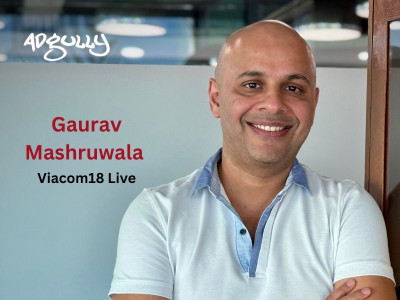What are the key parameters for analyzing suitable influencers for a brand?
Authored by Sagar Pushp, Co-founder & CEO, ClanConnect
Influencers are leading the next phase of evolution in the digital marketing space. With engaging, authentic, and relevant content, influencers can be the key to help you unlock brand success by reaching new audiences and strengthening your connect with exiting consumers. However, for all of this to happen, you’ll have to go back to the beginning and ensure that the influencer promoting your brand is perfectly suited to it.
There are many factors to consider before boiling down to that one influencer (or set of influencers) who can bolster the impact and reach of your campaign. In broad terms, there are two factors that you must consider. Data analytics, which will give you insight into the influencers’ industry performance and execution, which will go into the commercials and results of the campaign itself. To understand these further, let’s delve deeper:
Data Analytics – Understanding the audience quality of the influencer
Demographics: It is important to look at the male/female bifurcation of the influencer’s followers along with their age groups. For instance, if you’re a company selling health insurance plans or offering digital investment options, choosing an influencer whose follower base includes mostly teenagers and college goers might not work. Ensuring that the demographics match your brand will help find the exact match with your target group. This build’s a better connect with their target audience.
Engagement rate: The frequency of posts that the influencer does reflect how active they are. The average likes and comments they get on each post is a great way of knowing how popular they are. Both these metrics will allow you to assess the kind of impact that the influencer can make on your brand.
Past activity: Make sure that the influencer has not worked with similar brands or those in direct competition with your brand. Different posts promoting similar products from different brands will just dilute the kind of advocacy that you are trying to build. The audience may not take the influencer’s content seriously and be counterproductive for your entire campaign.
Real followers: In a bid to swell up their follower count, many influencers have bought fake followers. These are no more than bots and will add nothing in terms of campaign results. It is, therefore, important to make sure that your chosen influencer has real followers and not paid ones.
Location – Not just the influencer’s location, you also need to identify the regions wherein their followers are primarily based. This is because the influencer might be perfect for your brand, but, if they operate in a city or geography which is not a part of your marketing plan, both your efforts will be in vain. Thus, do not miss understanding the key marketing areas where the influencer is popular.
Campaign Execution – Gauging campaign performance and charting the way forward
Transparency: In terms of influencer commercials, it’s a good idea to have clear visibility into the break-up. As influencer marketing becomes bigger, agencies mark up the cost of influencers for their own commissions. Brands should know how much the influencer is charging, so they do not end up paying for their agencies as well.
Post-campaign measurement: To truly understand how your campaign has performed in tandem with the influencer you roped in, it is important to leverage a tech-led real-time reporting dashboard. Such a platform can help you decide whether to continue with the influencer you’ve chosen. If you are working with multiple influencers, it can help you understand which one is bringing you the most significant ROI on your campaign. Leading AI-led influencer management brands can help you simplify all influencer-related decisions and tasks, augmenting each campaign towards resounding success.
















Share
Facebook
YouTube
Tweet
Twitter
LinkedIn